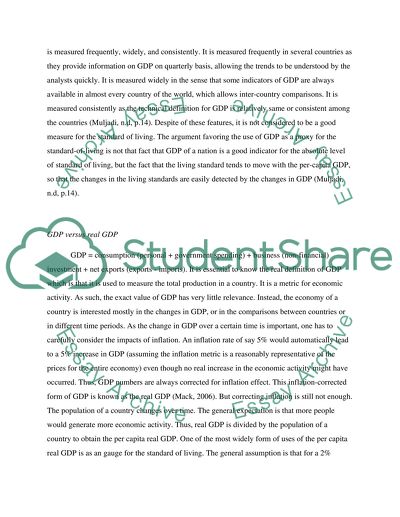Cite this document
(“Managerial Economics Assignment Essay Example | Topics and Well Written Essays - 3000 words”, n.d.)
Retrieved from https://studentshare.org/macro-microeconomics/1400813-managerial-economics-assignment
Retrieved from https://studentshare.org/macro-microeconomics/1400813-managerial-economics-assignment
(Managerial Economics Assignment Essay Example | Topics and Well Written Essays - 3000 Words)
https://studentshare.org/macro-microeconomics/1400813-managerial-economics-assignment.
https://studentshare.org/macro-microeconomics/1400813-managerial-economics-assignment.
“Managerial Economics Assignment Essay Example | Topics and Well Written Essays - 3000 Words”, n.d. https://studentshare.org/macro-microeconomics/1400813-managerial-economics-assignment.


